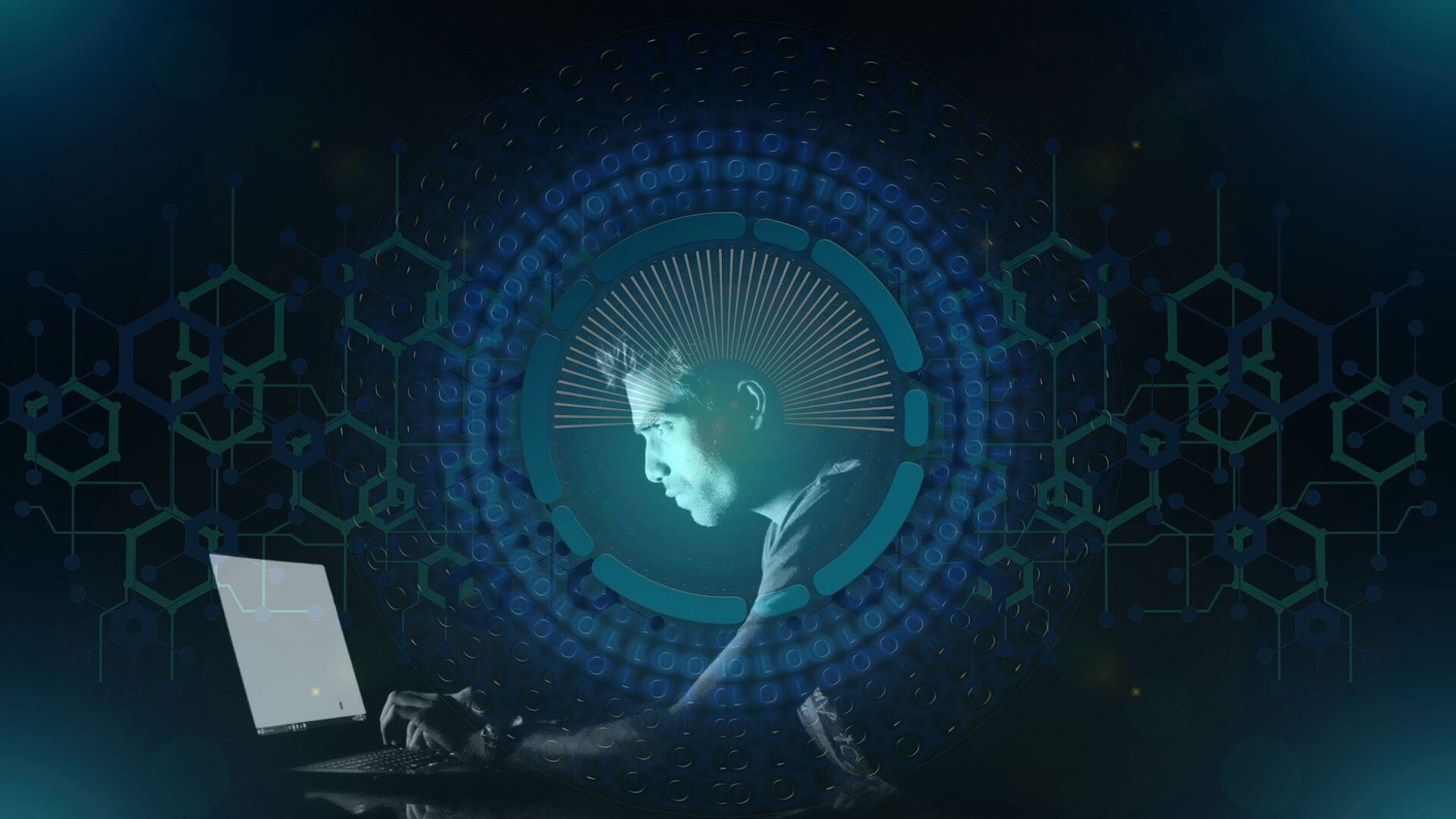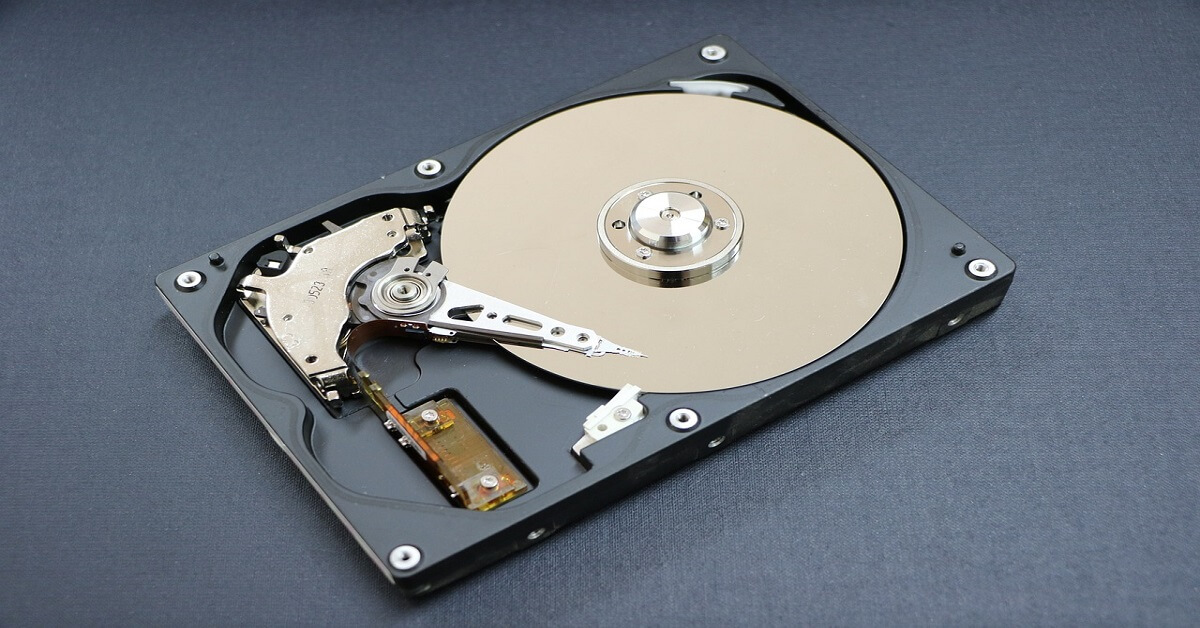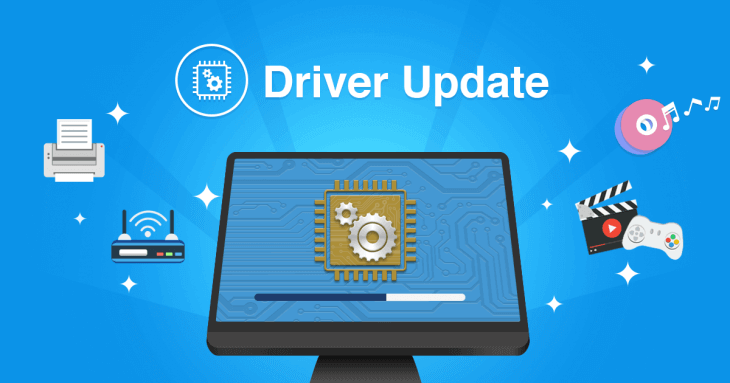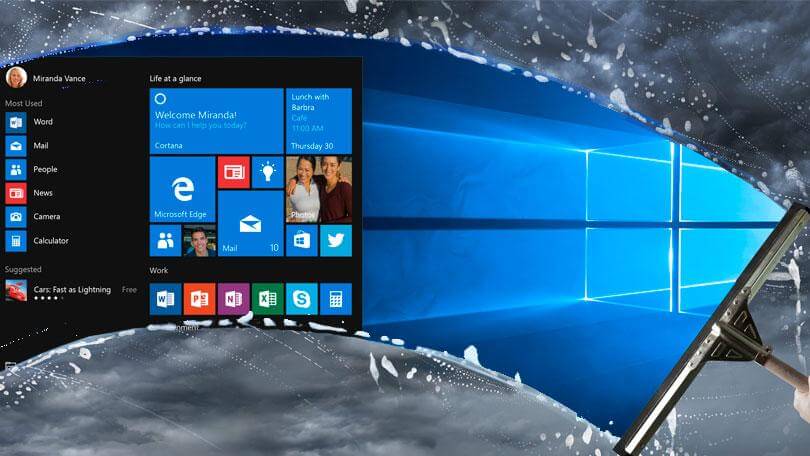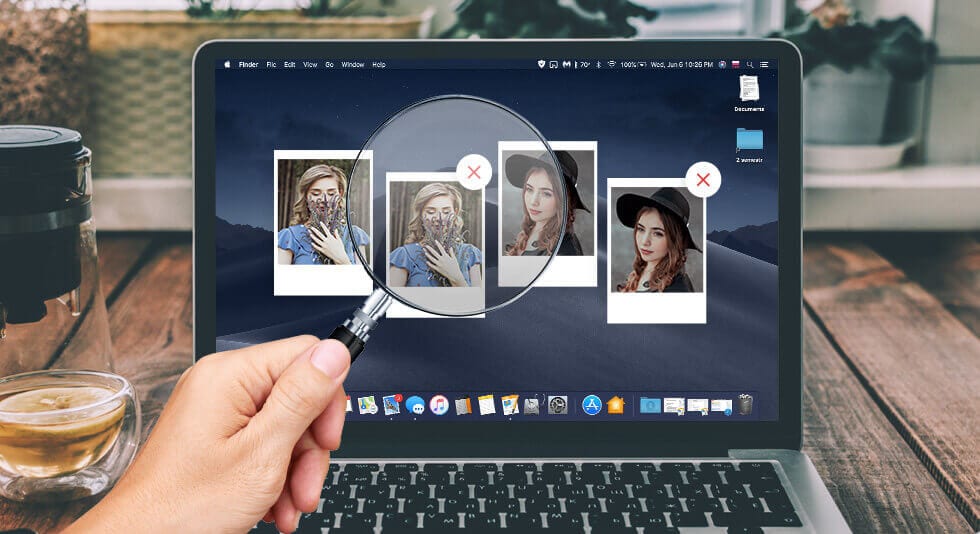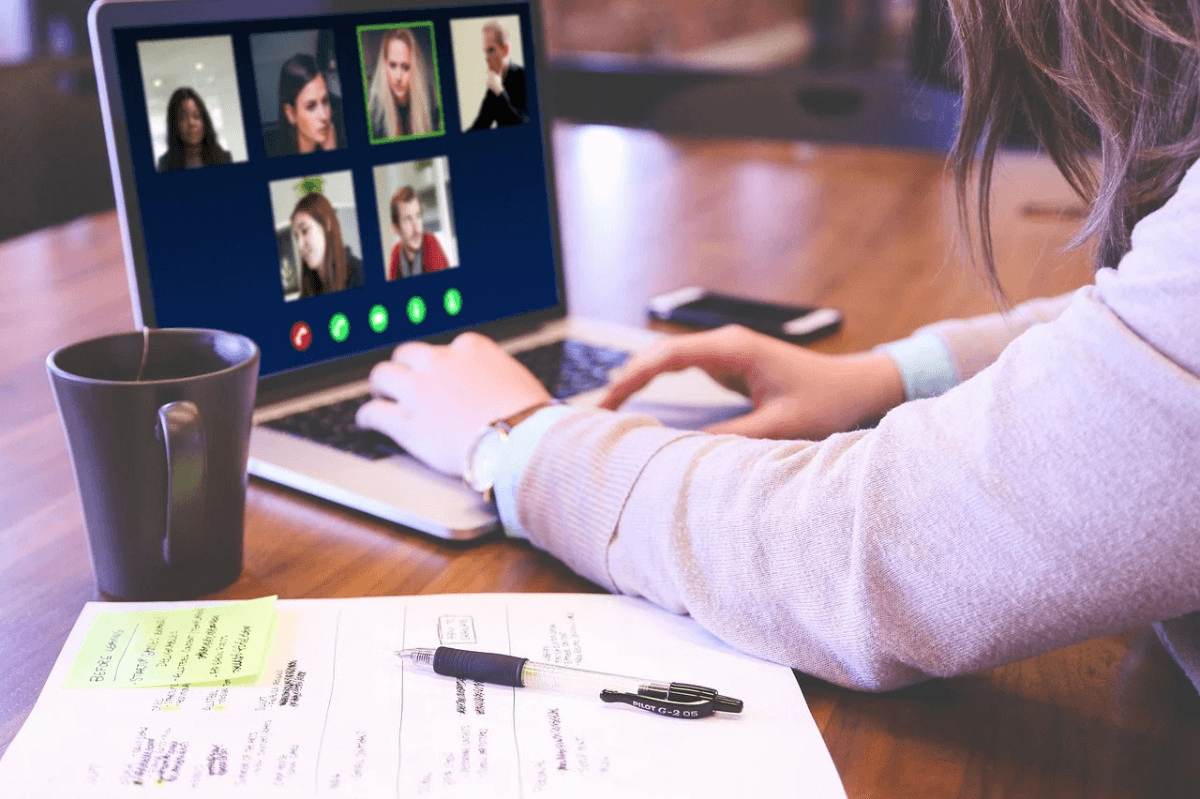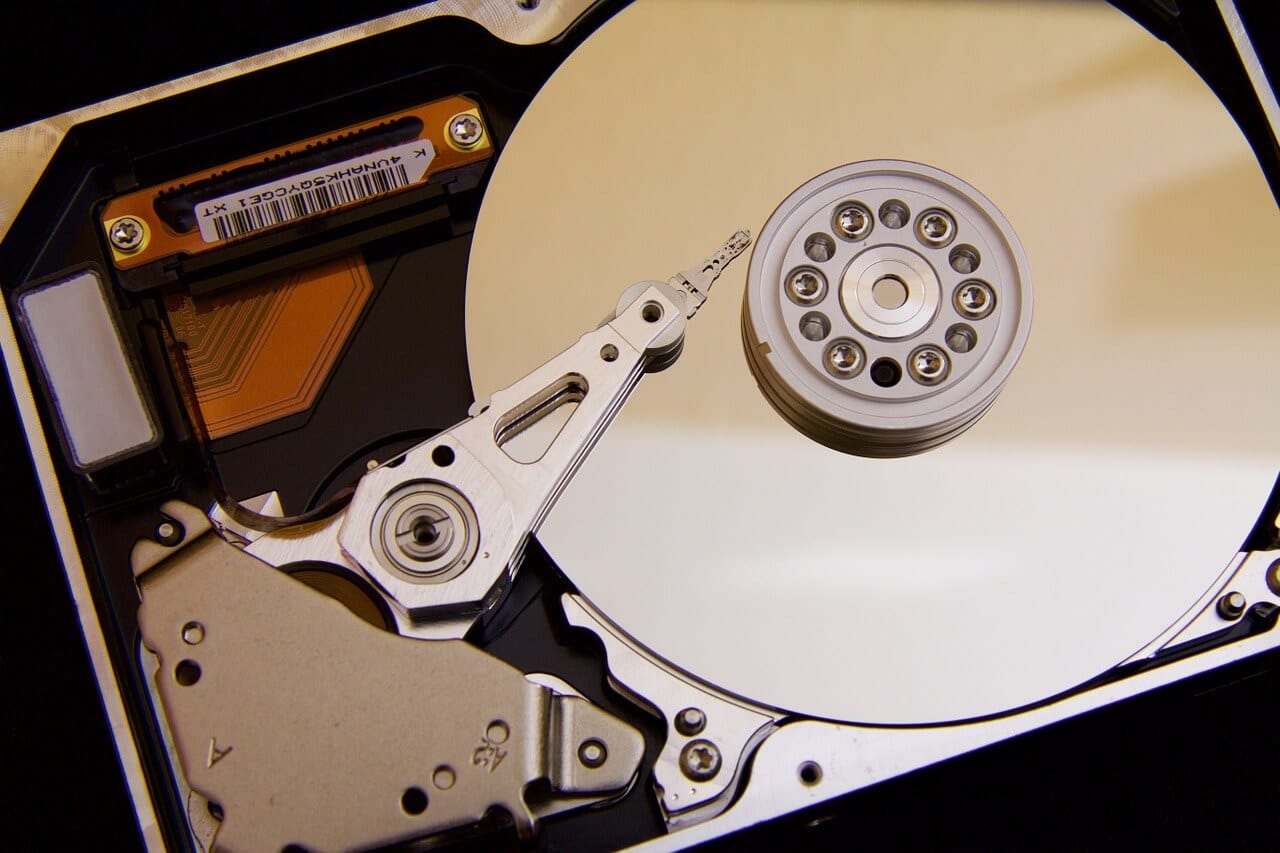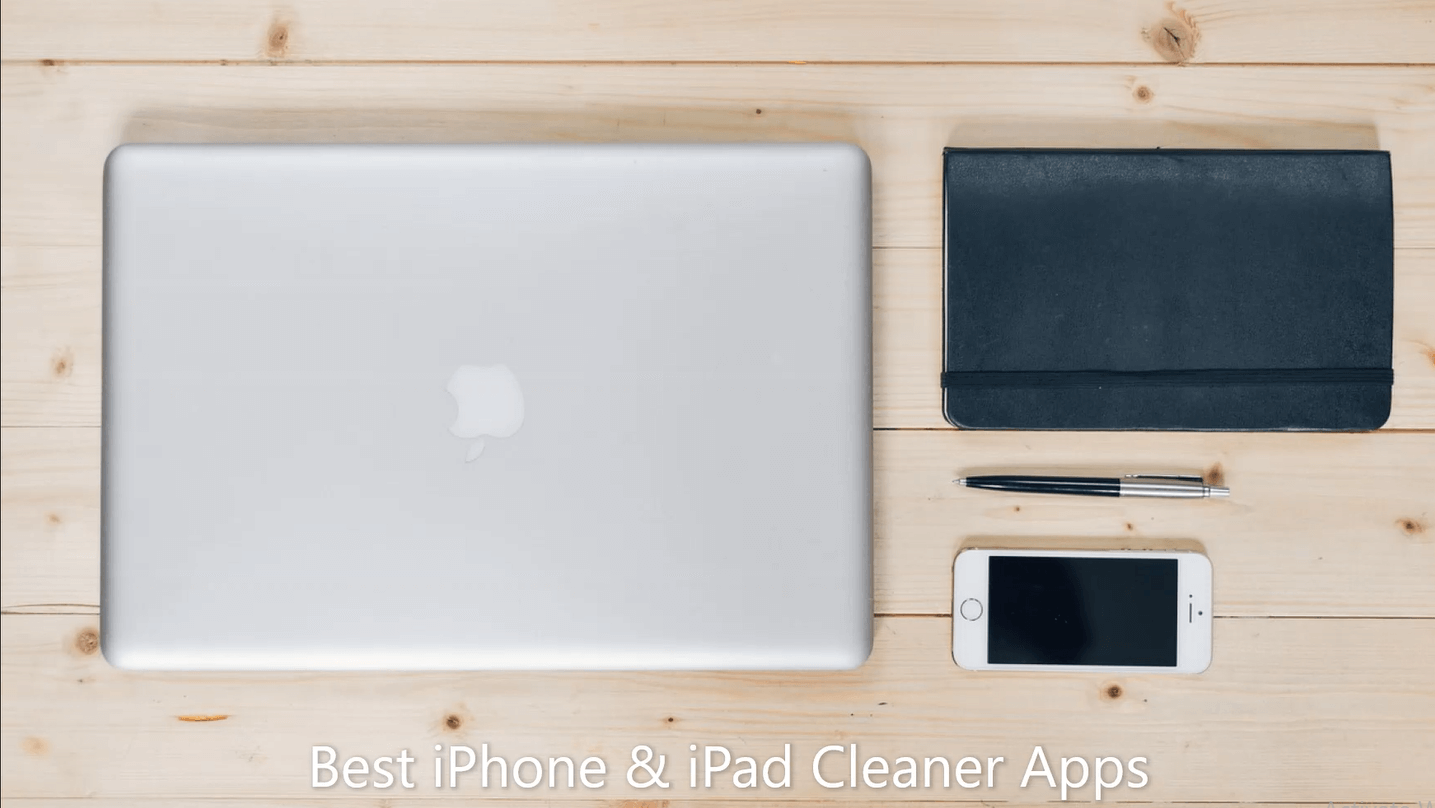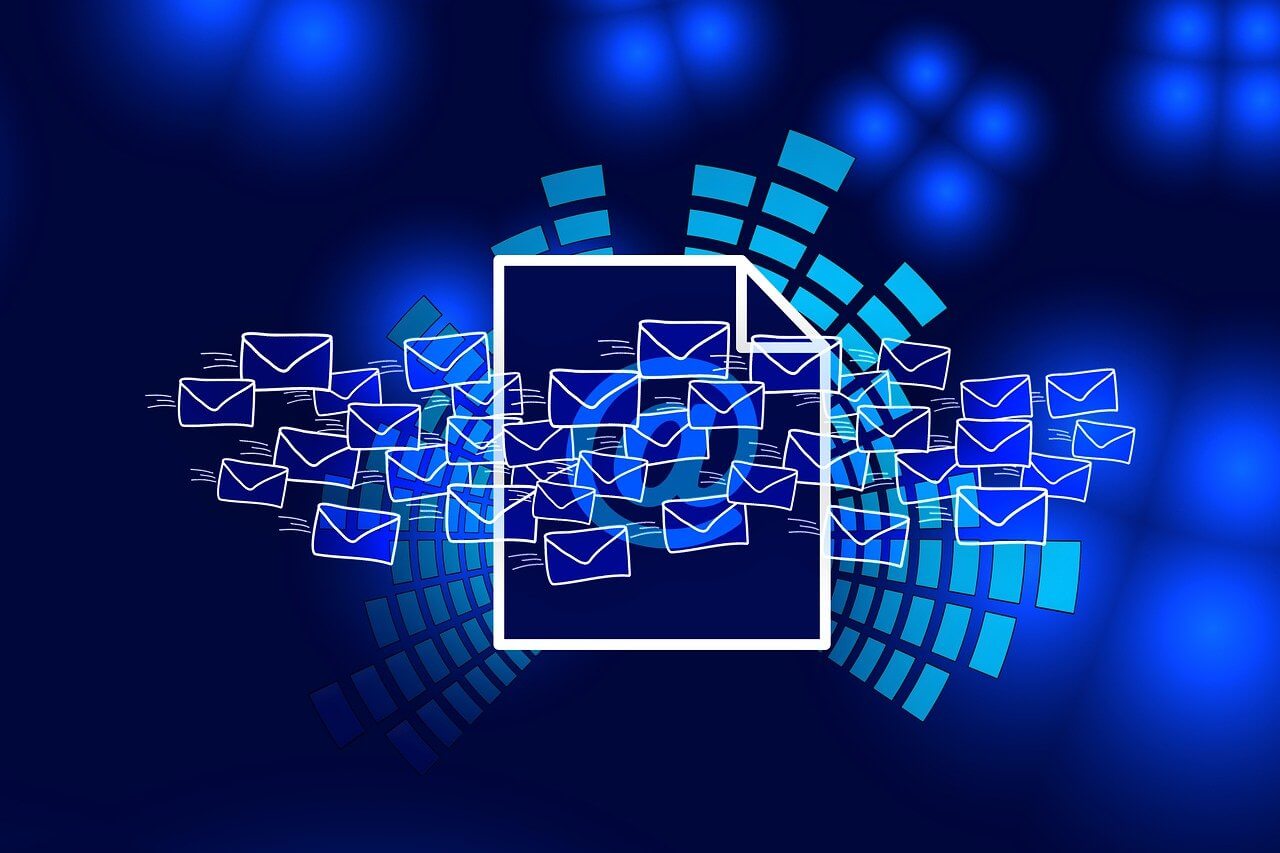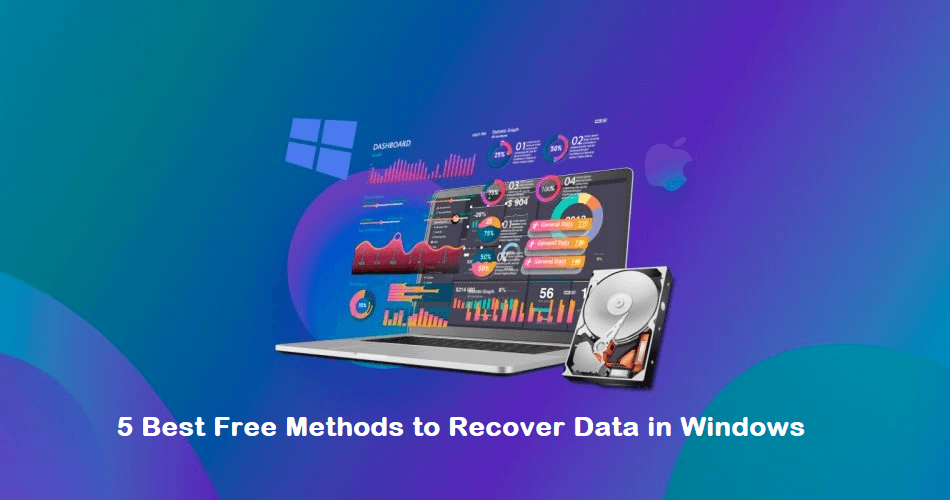Cybersecurity Tips for Remote Workers
Many businesses are adopting the remote work style for their operations, allowing employees and employers more flexibility. Indeed, a lot of remote workers utilize their personal devices, and they can access their work files from any location. However, that can pose some serious issues, like weak passwords as per ExpressVPN’s research, standard-level cybersecurity support, etc.
Indeed, accessing official accounts through personal devices can open more routes for hackers, malware, and other security issues to bypass the set defenses. Thus, there are some important steps you should take to minimize the potential problems, as per security experts.
Security Common Security Concerns for Remote Work?
A remote work lifestyle can be safe, but all participants need to pay better attention to cybersecurity concerns and take proactive measures. Using business-grade collaboration tools and security protocols should help with this protection, even with the less advanced system setup at home.
Here are some recommendations for employers to prepare their staff with better cybersecurity measures while working remotely.
- Inform employees about potential threats– Employers should provide a list of potential cybersecurity issues one might notice without the data encryption and firewall support that office-based systems can provide. Statistics showed that 9% of companies took measures to safeguard their remote employees from internet-centric attacks when they browse the internet.
- Prepare MFA support for data protection– Officials of a company can adopt the MFA technique to protect the company data better. The double layers of authentication steps can stop hackers from progressing more into company data.
- Prepare a continuity strategy for your business– In this case, employers must primarily center around remote security. Study the systems and how they work, what data types users are focusing on, etc. Based on these insights, one should plan the cybersecurity strategy fit for the workspace.
- Train employees about phishing attacks– Many companies get phishing attacks often, which is harder to deal with remotely for some employees. So, the business organizers should prepare informative training sessions for all staff members on how to identify different phishing attack types.
Best Tips for Protective Cybersecurity for Remote Workers
These are some of the most important steps remote workers themselves can take to safeguard their cybersecurity condition. Some measures are slightly technical, while others require simple steps. But, for the best cyber-use protection, use multiple of these measures.
1. Avoid delaying software updates
The devices you use will provide software update notifications often, and it is important to follow through with this practice. Indeed, install the new software update for your app, like antivirus software that you have active, as soon as possible.
The latest upgrades of the software typically have fixed bugs and security flaws. In many cases, they are updated to catch newer malware or virus attacks that older versions could not detect. So, make sure to do regular device software updates.
2. Avoid deactivating the VPN
Many employees access the network of their workspace using VPN technology. This Virtual Private Network helps secure data transmission between two devices with strong data encryption support. Therefore, with the VPN active, it is possible to intercept cybercriminals from accessing company data, like customer information or documents.
The VPN software works automatically and assures strong background protection support, so do not disable it while handling remote work. Also, avoid public WiFi connections unless you have a reliable VPN switched on.
3. Make the home networks safer
It is possible to keep remote work-based cybersecurity conditions safe if you use a strong internet connection with proper security protocols in place. In the corporate sector, the IT Teams typically control the internet connection and assure automatic security for all employees. However, in the remote work model, people cannot get the same support from IT professionals in the home networks.
Thus, take specific measures to strengthen the home network security.
- Set a unique SSID name- You can reach your router’s Settings page and update the name of the SSID (Service Set Identifier) you are using.
- Learn more about the router– Access the settings page of the route you are using to learn more about the network you are using. The default IP address will be available here.
- Check and change the password– Many employees use basic-level passwords, even with work accounts. In fact, statistics show that 59% of adults in the US use their names or birthdays in passwords.
You can refer to ExpressVPN’s research to know more about such password options that people commonly utilize. However, you should set a more unique and longer password with various diverse characters for a better safety guarantee.
- Run the latest firmware for your router- New software patches are available for router devices in the firmware, so check if new updates are available. Then, run the upgrade in your system.
4. Opt for secure business tools
Some collaborative productivity and business tools are available that are preset with high-quality encryption and security protection. Many of them run with cloud protection that helps with privacy protection, secure data transactions, and more storage.
Many companies in different industries need compliance guaranteed with protocols for accidental deletion, unauthorized access, and cybersecurity protection for their employees. These relate to all work-related activities like file sharing, video conferencing, and chatroom usage. For better cybersecurity protection with your remote work, you can use these home tools to connect and work on your tasks.
5. Multi-factor authentication is useful
Indeed, it would be best to consider adopting multi-factor authentication as a security measure during remote work processes. This adds a secondary layer of protection to online account access, like the work data, files, computer network, device, etc.
With this measure, users can set multiple rounds of identity protection to account access, like two or more authentication moves when trying to log in. Common measures in this context are security tokens, passwords, and biometric identification (fingerprint or face sensor).
Conclusion
Indeed, there are different types of cybersecurity approaches you can take to safeguard against varying steps while working remotely. Of course, some measures will work best for your work condition.
Before choosing, try out many of these tips and operate as many as possible. So, study your options well here. Properly keeping track of your cybersecurity condition directly should help with better protection during remote work.
Popular Post
Recent Post
How to Troubleshoot Xbox Game Bar Windows 10: 8 Solutions
Learn how to troubleshoot and fix issues with the Xbox Game Bar not working on Windows 10. This comprehensive guide provides 8 proven solutions to resolve common problems.
How To Record A Game Clip On Your PC With Game Bar Site
Learn how to easily record smooth, high-quality game clips on Windows 11 using the built-in Xbox Game Bar. This comprehensive guide covers enabling, and recording Game Bar on PC.
Top 10 Bass Booster & Equalizer for Android in 2024
Overview If you want to enjoy high-fidelity music play with bass booster and music equalizer, then you should try best Android equalizer & bass booster apps. While a lot of these apps are available online, here we have tested and reviewed 5 best apps you should use. It will help you improve music, audio, and […]
10 Best Video Player for Windows 11/10/8/7 (Free & Paid) in 2024
The advanced video players for Windows are designed to support high quality videos while option to stream content on various sites. These powerful tools support most file formats with support to audio and video files. In this article, we have tested & reviewed some of the best videos player for Windows. 10 Best Videos Player […]
11 Best Call Recording Apps for Android in 2024
Whether you want to record an important business meeting or interview call, you can easily do that using a call recording app. Android users have multiple great options too. Due to Android’s better connectivity with third-party resources, it is easy to record and manage call recordings on an Android device. However it is always good […]
10 Best iPhone and iPad Cleaner Apps of 2024
Agree or not, our iPhones and iPads have seamlessly integrated into our lives as essential companions, safeguarding our precious memories, sensitive information, and crucial apps. However, with constant use, these devices can accumulate a substantial amount of clutter, leading to sluggish performance, dwindling storage space, and frustration. Fortunately, the app ecosystem has responded with a […]
10 Free Best Barcode Scanner for Android in 2024
In our digital world, scanning barcodes and QR codes has become second nature. Whether you’re tracking packages, accessing information, or making payments, these little codes have made our lives incredibly convenient. But with so many barcode scanner apps out there for Android, choosing the right one can be overwhelming. That’s where this guide comes in! […]
11 Best Duplicate Contacts Remover Apps for iPhone in 2024
Your search for the best duplicate contacts remover apps for iPhone ends here. Let’s review some advanced free and premium apps you should try in 2024.
How To Unsubscribe From Emails On Gmail In Bulk – Mass Unsubscribe Gmail
Need to clean up your cluttered Gmail inbox? This guide covers how to mass unsubscribe from emails in Gmail using simple built-in tools. Learn the best practices today!
7 Best Free Methods to Recover Data in Windows
Lost your data on Windows PC? Here are the 5 best methods to recover your data on a Windows Computer.
